Ray Switch - Arnold User Guide
This shader makes it possible to evaluate different shader trees per ray. This decreases the shading complexity of a scene and thus the render times, and increases artistic control. It can be used to remove unnecessary secondary rays (specular/sss), make speculars even more glossy in specular rays, control the color of opacity in shadow rays to fake light scattering through tissue, or add a second specular lobe in-camera rays only.
- Camera
- Shadow
- Diffuse Reflection
- Specular Reflection
- Diffuse Transmission
- Specular Transmission
- Volume
Camera
Plug the output of the shader you wish to use when calculating camera rays here.
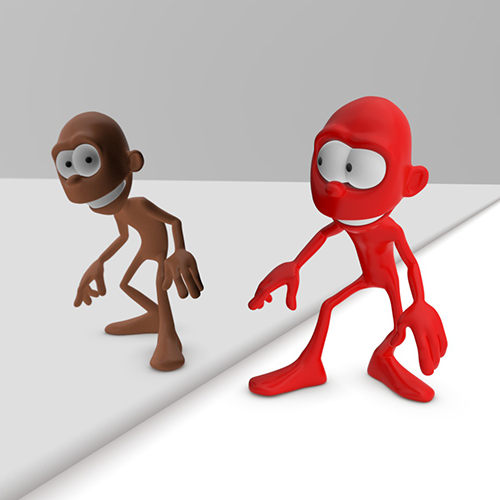
Red Standard Surface shader -> Ray Switch shader's camera attribute
Shadow
The shader evaluation that happens for transparent shadows on objects. A use for this parameter could be to connect a Ray Switch shader to the Opacity parameter of a Standard Surface shader. That way, you can get a shadow that's different than the actual transparency of the object. For example, to reduce the amount of shadow cast by the object, or to use a different cutout opacity pattern.
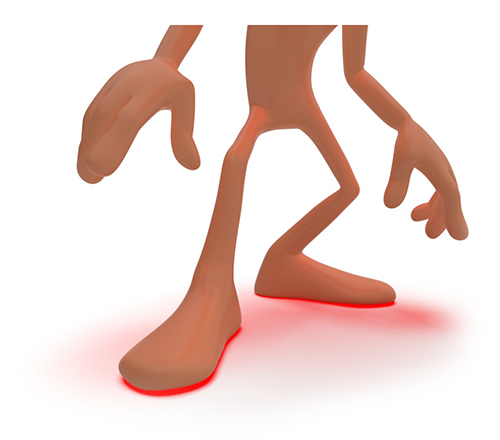
Body object's Standard Surface shader has red Transmission Color (Opaque is disabled)
Diffuse Reflection
Plug the output of the shader you wish to use when calculating diffuse reflection rays here.
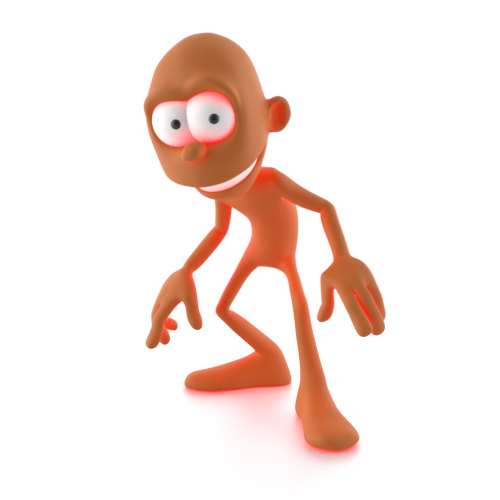
Red emissive shader -> Diffuse Reflection of Ray Switch shader
Specular Reflection
Plug the output of the shader you wish to use when calculating glossy rays here.
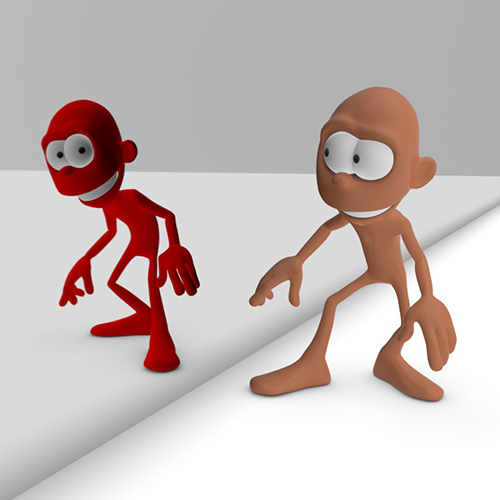
Red Standard Surface shader -> Specular Reflection of Ray Switch shader
Diffuse Transmission
Plug the output of the shader you wish to use when calculating Diffuse Transmission rays here.
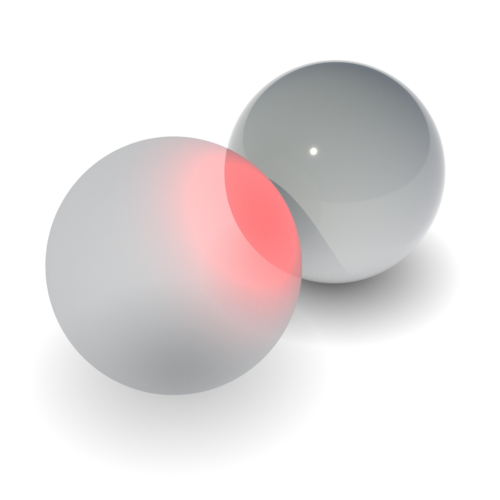
Red emissive shader -> Diffuse Transmission of Ray Switch shader
Specular Transmission
Plug the output of the shader you wish to use when calculating Specular Transmission rays here.
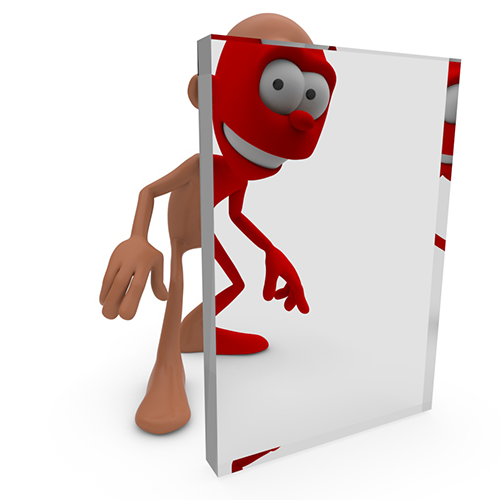
Red Standard Surface shader -> Ray Switch Specular Transmission
Volume
Plug the output of the shader you wish to use when calculating volume rays here.
Pepe model by Daniel M. Lara (Pepeland)
